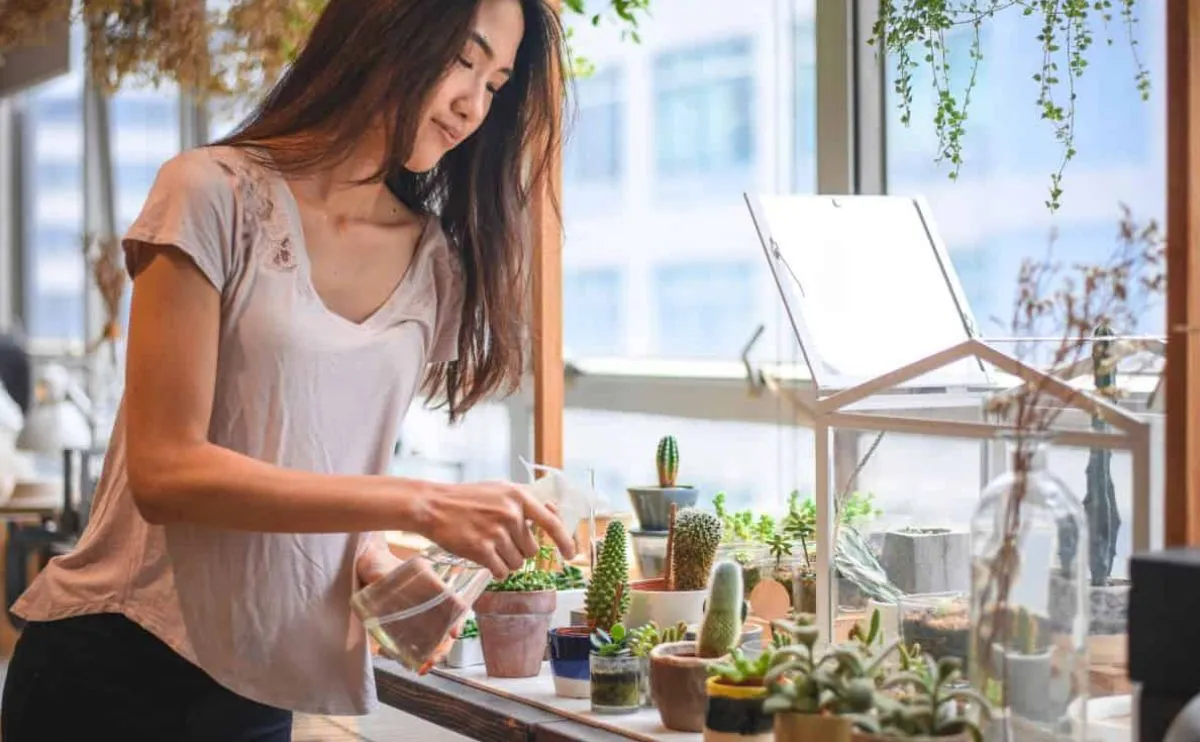Succulents have gained immense popularity in recent years, and it’s no surprise why. These resilient and visually appealing plants are known for their ability to store water in their leaves, stems, and roots, making them low-maintenance and perfect for both indoor and outdoor gardens. Whether you’re a seasoned plant enthusiast or just starting your green…
About Succulent
What Are Succulents ?
Succulents are plants adapted to survive arid environments by storing water in their leaves, stems or roots – this allows them to cope with drought conditions while prospering even with limited rainfall. With hundreds of shapes, sizes, colors and varieties to choose from – succulents offer something special to those passionate about plants!
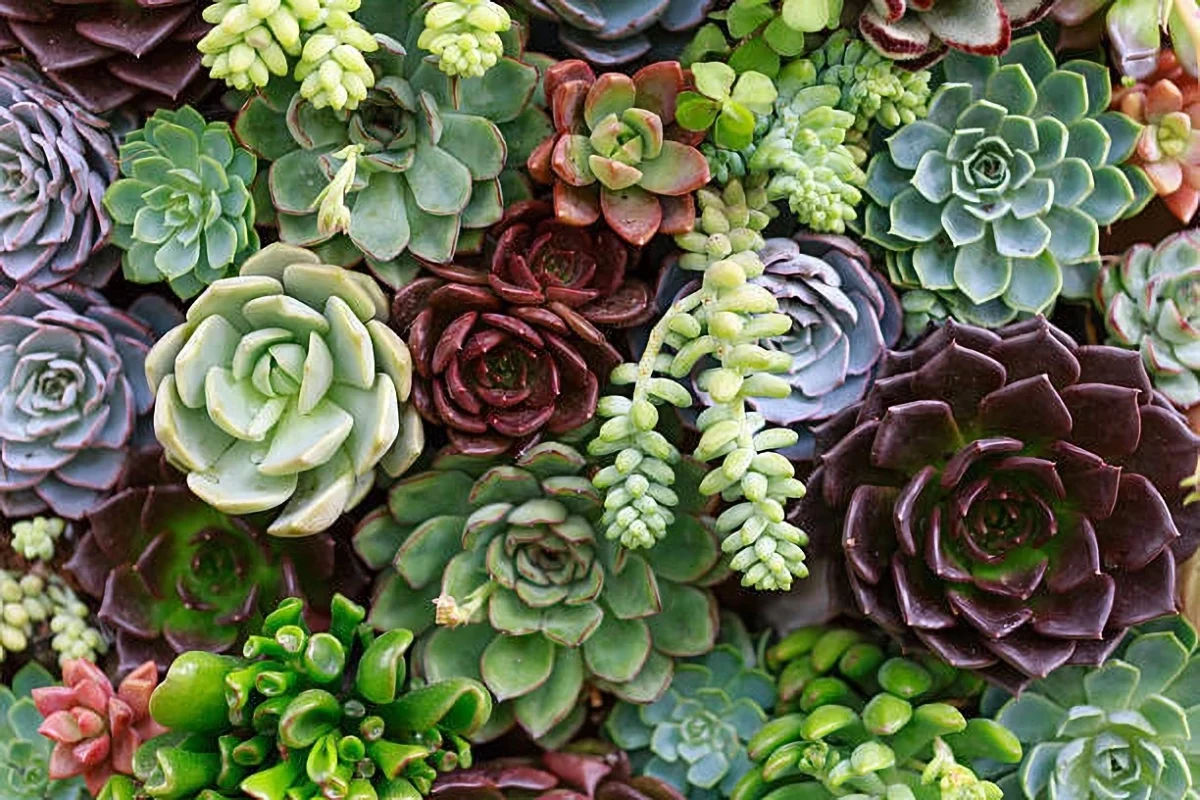
Types of Succulents
There is an impressive variety of succulent species, each boasting distinctive qualities. Some popular choices of succulent include Echeveria, Aloe Vera, Sedum Crassula Crassula Haworthia. Each has specific requirements that must be taken care of properly for best results; therefore it is crucial that you understand which needs your particular succulent has before purchasing one for care purposes.
Benefits of Cultivating Succulents
There are numerous advantages associated with cultivating succulents. Their ease of care makes them suitable for busy individuals or newcomers to gardening alike; additionally they’re excellent air purifiers which filter toxins out of the air to improve indoor air quality as well as adding beauty and nature into any setting – be it home, office, or garden!
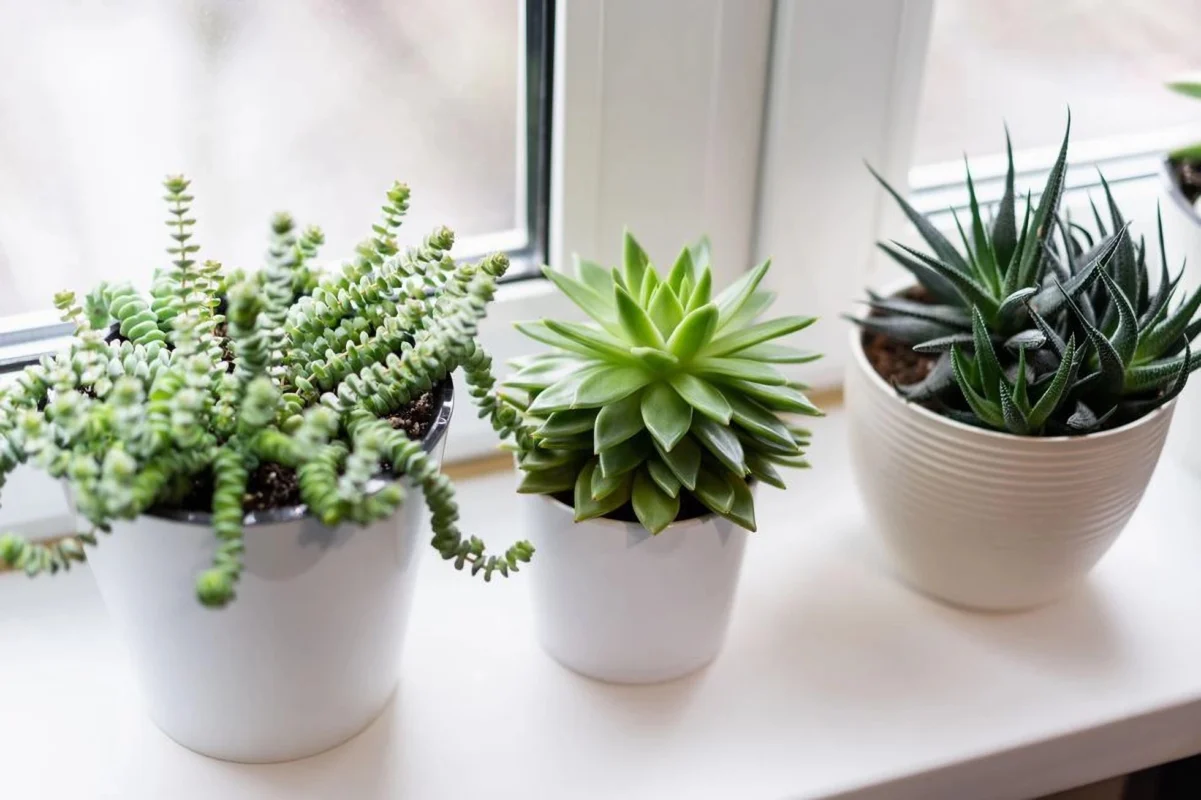
Establish the Proper Growing Conditions
Succulent Light Requirements
Cacti and succulents thrive best in bright indirect sunlight; place near windows or in areas where they will receive at least six hours a day of direct sun rays; however, avoid intense midday sun as this could scorch some succulent varieties’ leaves and cause significant harm to them.
Temperature and Humidity Most succulents thrive best between 60degF to 80degF (15degC to 27degC); however they can tolerate temperature variations as long as frost or extreme heat is avoided. Furthermore succulents enjoy lower humidity levels so make sure there’s sufficient air circulation around their plants so as to avoid too much excess moisture build-up.
Selection and Prep of Soil A well-draining soil is key for succulent health. A commercial cacti and succulent mix may work effectively or you can combine potting soil, perlite and coarse sand yourself; either method should allow excess water to drain quickly from roots quickly to prevent root rot.
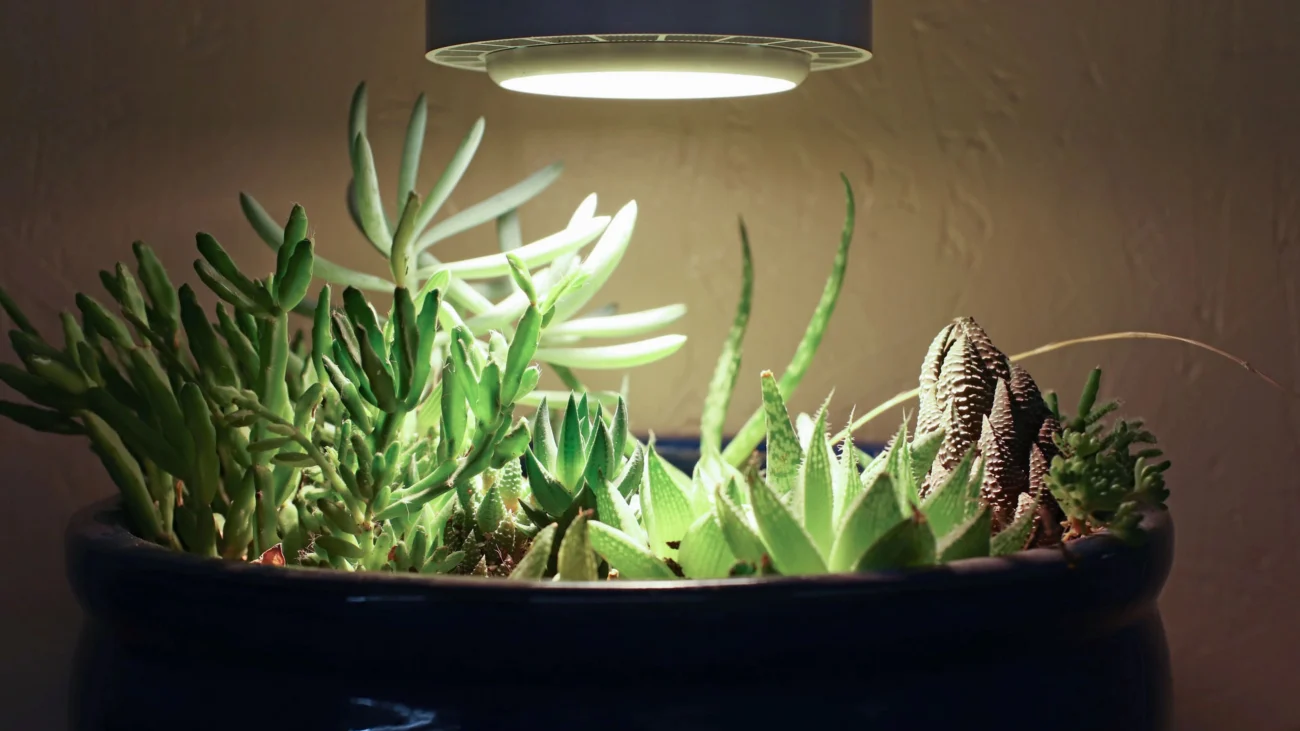
Select a Container With Drainage Holes
A pot should feature drainage holes to facilitate proper water drainage, accommodating current succulent size as well as future expansion potential. Clay pots work particularly well since they absorb excess moisture from soil.
Watering Techniques and Frequencies
Watering Basics
Succulents have low water needs thanks to their water-storing capacities. Water the plants regularly while allowing the soil to completely dry between irrigation sessions; overwatering succulents is better avoided as too much moisture may cause root rot.
Check for Signs of Under- and Overwatering
Look out for signs that your succulents might need more water, including yellowing leaves and dry soil, while signs of overwatering might include yellowed, translucent, mushy stems or an offensive smell coming from their soil.
Establish Your Watering Schedule and Methods
Determine an individualized watering plan tailored to the unique needs and environmental conditions of your succulents, with regular irrigation every 1-2 weeks during their growing period and lower frequency in winter dormancy. Use either a watering can or narrow-spout bottle with an adjustable spray head to direct water directly at their bases without water pooling on leaves or stems.
Seasonal Watering Considerations
Succulents require additional irrigation during hotter climates or during the summer months; in turn, reduced irrigation during their dormant phase in winter should also be reduced accordingly. Always adjust your routine according to how often and for how long each succulent requires water.
Nutrition of Succulent Plants
Nutrient Needs
Succulents generally have lower nutrient needs compared to other plants; however, occasional feeding still promotes healthy growth and vibrant colors in these hardy succulents. When looking for fertilizer specifically made for succulents it is a good idea to opt for one designed to meet these requirements.
Fertilizer Selection and Application Apply fertilizers sparingly when caring for succulents, following manufacturer specifications. Overfertilizing can cause fertilizer burn that damages plants; for maximum success it should only be fertilized every 2-4 weeks during active growing seasons while decreasing or ceasing altogether during dormancy periods.
Organic Versus Inorganic Fertilizers
Both organic and inorganic fertilizers may be suitable for succulent care. While organic options, like compost tea or worm castings, offer slow release nutrients while improving soil structure, inorganic options offer precise ratios but should be used cautiously to avoid excess buildup.
Avoid Common Nutrient Deficiencies
Watch your succulents closely for signs of nutritional deficiency, such as pale or discolored leaves. Yellowing could indicate low nitrogen levels while purple or red-toned foliage might point towards low phosphorus levels – adjust fertilizer use accordingly in order to address any deficiencies that appear.
Prevent and Treat Pests and Diseases
Succulents tend to be pest-proof; however, mealybugs, aphids, spider mites and scale insects are sometimes invaders. Be vigilant for signs such as webbing, sticky residue or abnormal growth from these invaders by regularly inspecting plants in your care for signs that they’ve intruded your space.
Identification and Pest Control
Once you detect pest infestation, isolate affected plants to stop further spread. Remove pests manually using cotton swabs dampened in alcohol or using insecticidal soap or neem oil spray treatments as directed until infestations have been completely addressed. You may require repeat treatments until control has been achieved.
Common Succulent Diseases Succulents may be susceptible to fungal infections like root rot or powdery mildew due to overwatering or high humidity levels; proper soil drainage and airflow around succulents will reduce their susceptibility. To keep them disease-free and keep fungal infections at bay.
Disease Prevention and Treatment
In order to keep your succulents disease-free, create the ideal growing conditions. Avoid overwatering and make sure there’s ample light and air circulation; remove infected or decayed plant material immediately as soon as it appears; adjust watering schedule as soon as disease symptoms surface and consider applying an effective fungicide spray or wash as soon as symptoms surface.
Propagation Techniques
Basic propagation fundamentals when propagating succulents, propagation allows you to expand your collection or share plants with others. Popular propagation methods for succulents include leaf propagation, stem and offshoot propagation, division and grafting.
Leaf Propagation
Leaf propagation involves taking healthy leaves from mature succulent plants and placing them onto well-draining soil with regular misting to retain moisture levels and ensure optimal conditions. In time, new baby plants known as pups will emerge from this leaf cuttings technique.
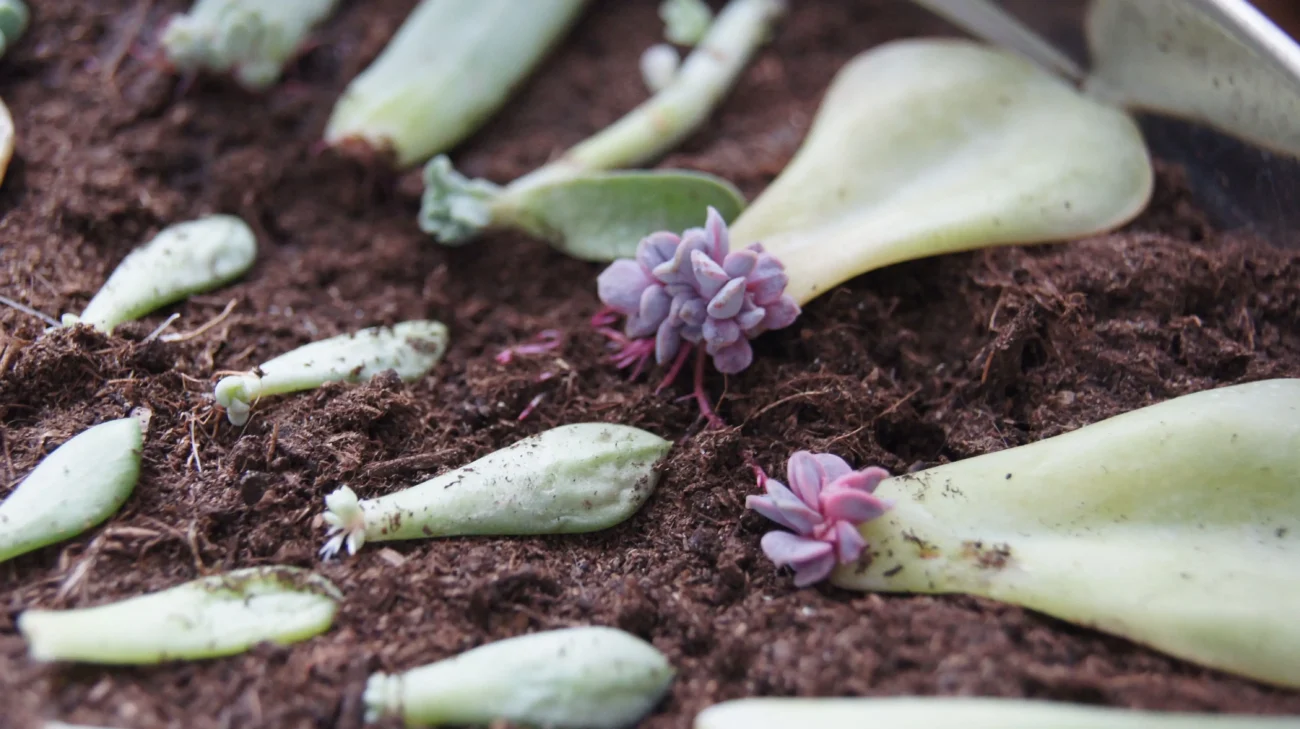
Stem and Offshoot Propagation
Succulents produce offshoots or offsets from their main plant that grow off to form their own mini succulent plants. Gently separate these offshoots from the mother plant before planting in individual containers with sufficient sunlight, sparing water until roots have established themselves in each one.
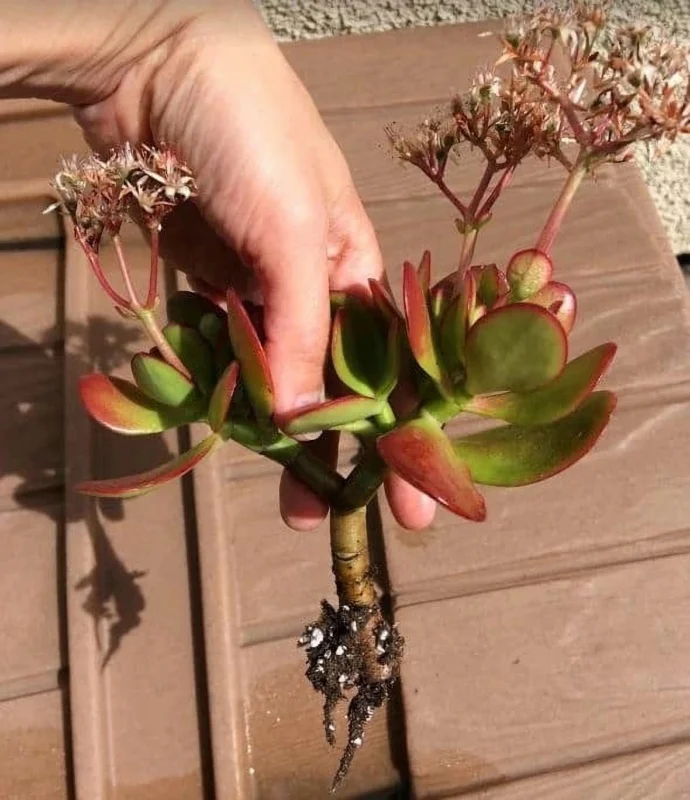
Division and Grafting
For large succulents, division is an effective form of propagation. Carefully remove it from its pot and divide into multiple smaller sections while making sure all have roots attached before replanting in separate containers and providing ample care until established. Grafting involves joining two succulent plants together into unique combinations but requires advanced skills and knowledge for successful results.
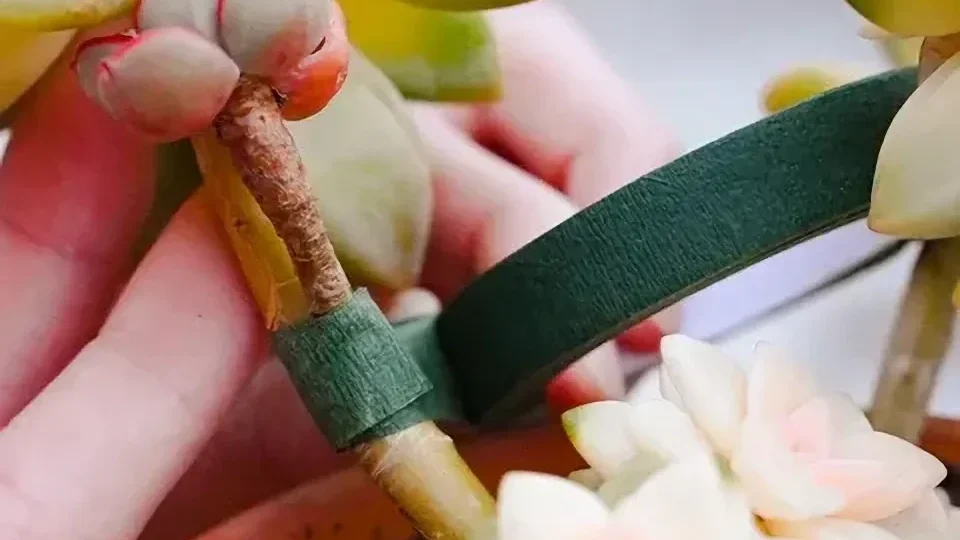
Pruning for Aesthetic Purposes
Regular pruning helps your succulents maintain the desired appearance, shape and health. Cut away leggy or overgrown stems to encourage compact and bushy growth while trimming away dead or dying leaves to maintain optimal plant health and visually appealing foliage.
Remove Dead and Dying Leaves
Dead or dying leaves may attract pests and cause fungal infections, so gently take steps to remove any dead ones using clean scissors or your fingertips – paying special attention not to damage any healthy portions of the plant while doing this task.
Maintain the Shape and Size of Succulents
Certain succulents tend to grow tall and stretch towards light sources. To maintain more compact and balanced results, rotate your succulents regularly so as to provide even light distribution across their surfaces. If they still become leggy over time, behead the plants as necessary and propagate any top growth as new plants.
Repot Succulents
Once succulents outgrow their containers, it may be necessary to move them into larger pots. Carefully take to remove and loosen any root balls before transplanting into new containers with fresh soil – trimming any excessively long roots prior to watering your new succulents properly!
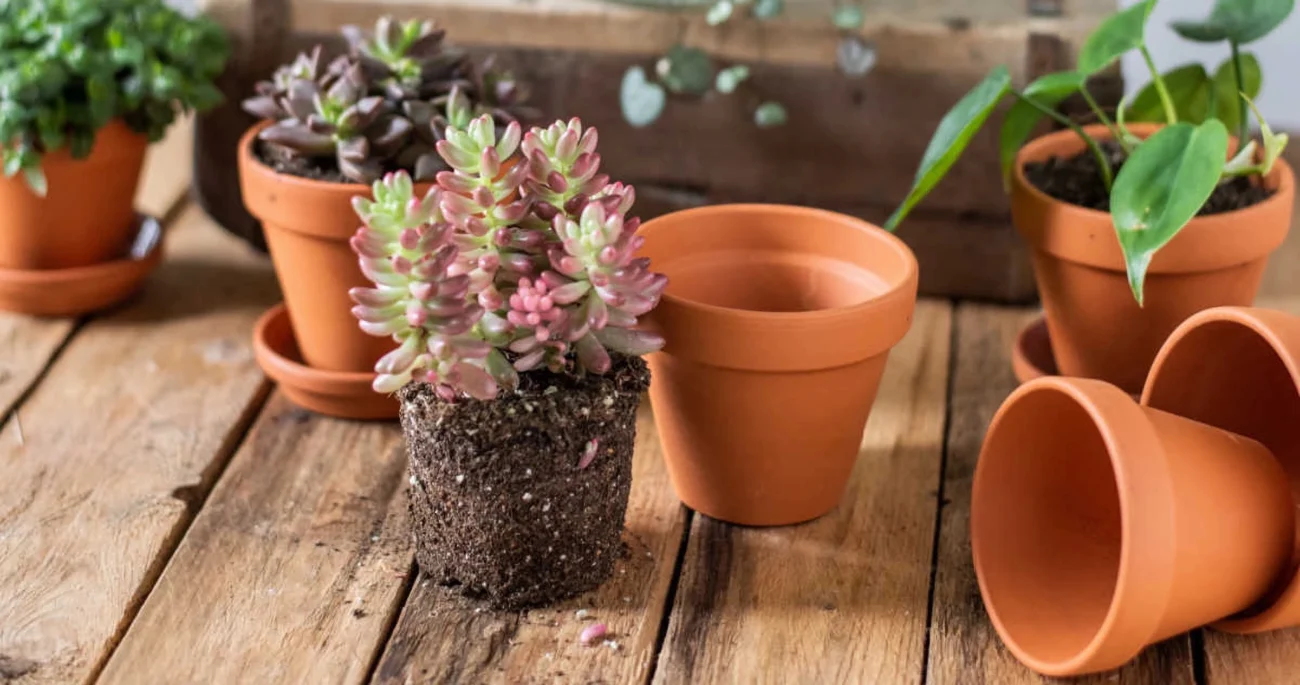
Echeveria Succulent Varieties and Care Tips
Echeveria succulents are well-known for their vibrant rosette-shaped leaves and well-draining soil requirements; bright sunlight should also be provided and water added only as necessary – overwatering could result in root rot.
Sedums (also called stonecrop) are versatile succulent plants known as stonecrop. Ranging in form from creeping groundcovers to upright bushes, Sedums are drought tolerant and prefer full sun or partial shade conditions for growth. Plus they’re easy to propagate – perfect for beginners looking for their first succulent garden!
Crassula
Cacti and succulents commonly known as jade plants (Crassula propria or Crassula propria) are striking succulents known as Crassula with thick, fleshy leaves and sturdy stems, that thrive under bright light conditions with well-draining soil, which should allow enough drainage between watering sessions without prolonged drought causing soil dry out completely. Allow water levels in soil to drain off before watering is applied again but try not to go beyond an effective threshold when needed for healthy plants growth!
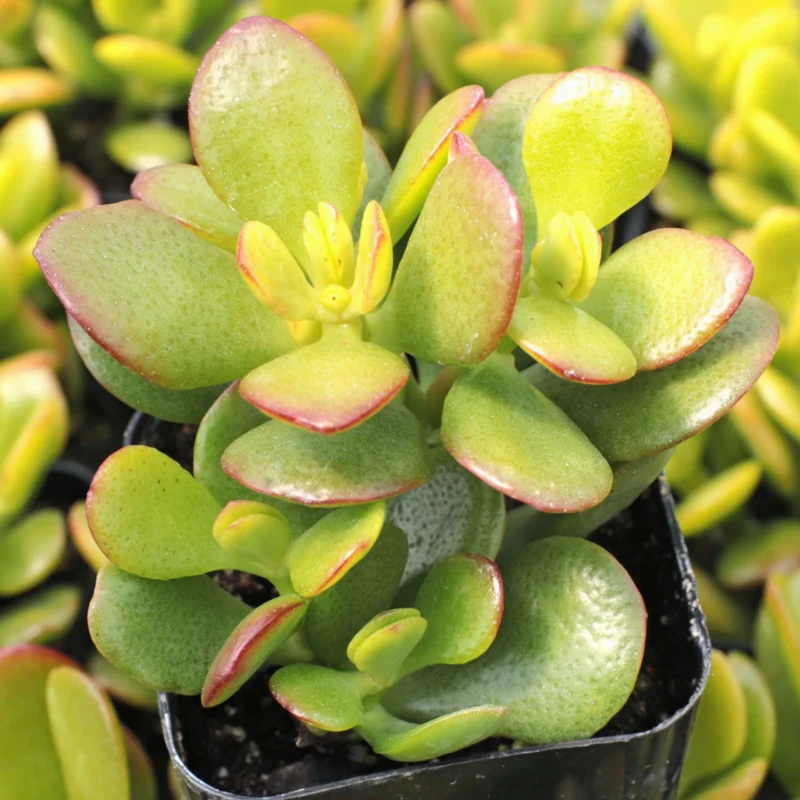
Haworthia
Haworthias are small succulent plants characterized by their rosette-shaped arrangements of fleshy leaves that favor bright, indirect light as well as well-draining soil conditions. Haworthias tend to tolerate more shade than most succulent species, making them great options for indoor settings such as offices or apartments.
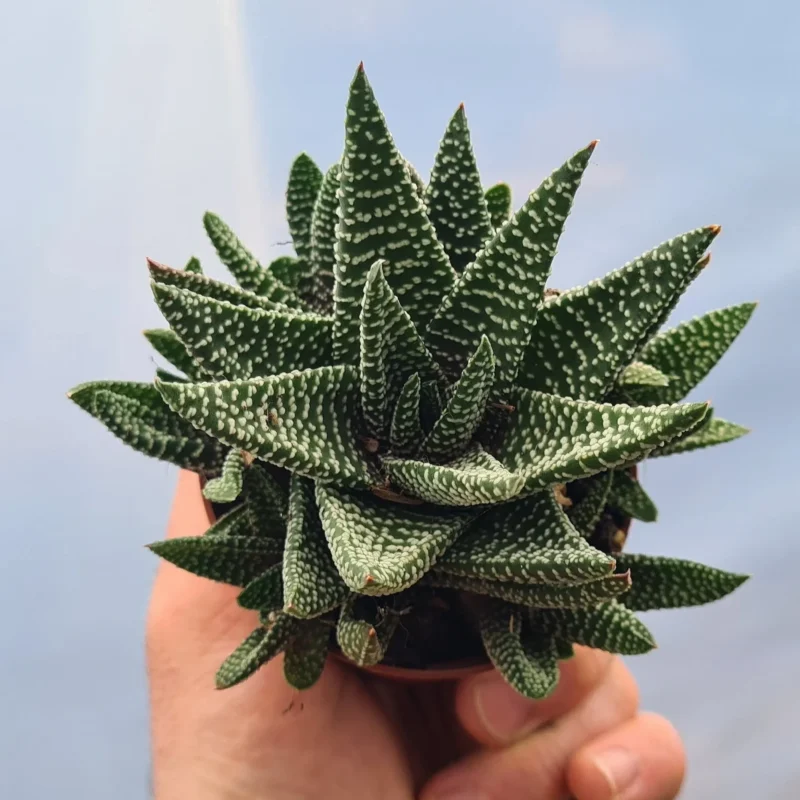
Display and Decor Ideas
Indoor Succulent Displays Create beautiful indoor succulent displays by arranging various varieties in decorative containers or terrariums, mixing colors, textures, heights and heights to add visual interest and create beautiful displays on windowsills, shelves or as tabletop centerpieces.
Outdoor Succulent Gardens
Create beautiful outdoor succulent gardens by mixing various species that feature vivid hues and shapes, like rocks, gravel or driftwood to add texture and natural aesthetics. Make sure the garden bed drains well or choose raised planters to better control soil conditions.
Creative Container Selections
Succulents thrive in various containers, from traditional clay pots to unconventional options like teacups or mason jars; just be sure to choose ones with proper drainage holes to prevent waterlogging!
Succulent Arrangement and Combinations
Experiment with various succulent combinations to craft visually striking arrangements. Combine cascading varieties with upright varieties or mix textures for extra depth; just be mindful to consider each plant’s care requirements when creating arrangements!
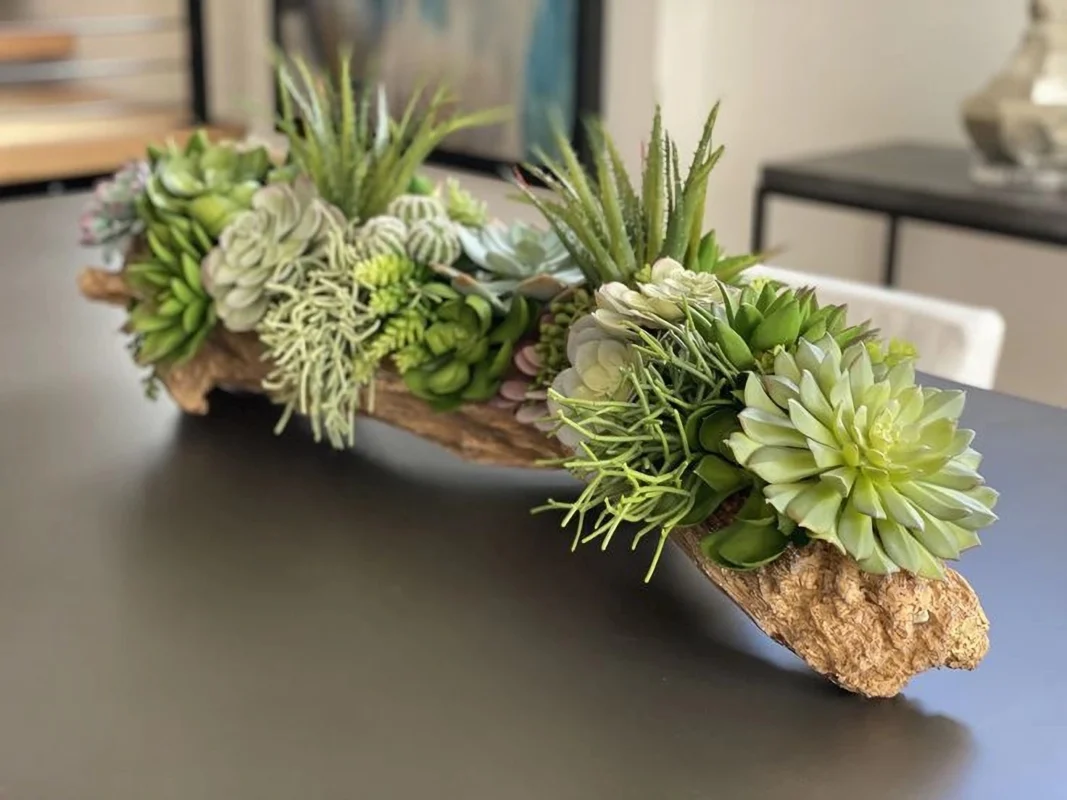
Conclusion
Congratulations on reaching a comprehensive understanding of succulent care! By adhering to the guidelines in this essential succulent care guide, you have now created an optimal environment for succulents to flourish and bloom. Always adapt care routines based on individual species’ requirements; observe signs of plant distress; and appreciate their beauty and tranquillity!
FAQs (Frequently Asked Questions)
Q1: How often should I water my succulents? A1: Watering frequency will depend upon factors like species type, environmental conditions and time of year; generally speaking it’s best to water thoroughly then allow soil to dry completely out before watering again.
Q2: Can succulents survive indoors?
A2: Yes, succulents thrive inside as long as they receive sufficient sunlight and care. Place near windows or use artificial grow lights as needed to supplement natural lighting sources.
Q3: How can I prevent overwatering my succulents?
A3: Overwatering can be an issue when caring for succulents. To address it, ensure they’re planted in well-draining soil that uses containers with drainage holes as containers with drainage holes are ideal. Allow their soil time to dry between watering sessions as this should help stop overwatering occurring.
Q4: Why have my succulent leaves turned brown?
A4: Brown leaves can be indicative of overwatering, sunburn or nutritional deficiency issues; in these instances adjust watering procedures accordingly and ensure adequate sunlight coverage along with fertilization as necessary in order to combat this problem.
Q5: Can succulents be propagated through leaf propagation? A5: Yes! Leaf propagation is an efficient and cost-effective means of propagating succulents. Simply take healthy leaves off their mother plant, allow them to callus up over several days, then plant in well-draining soil until new plants emerge from them.


